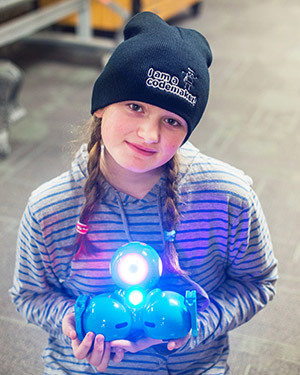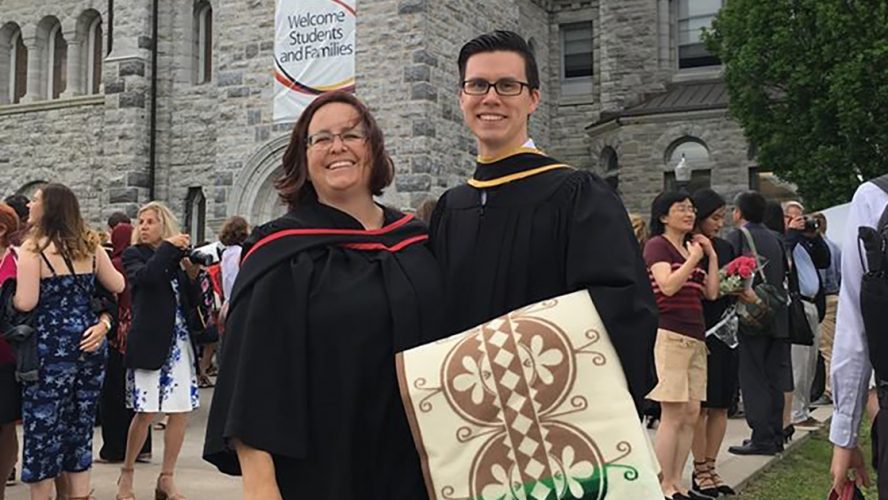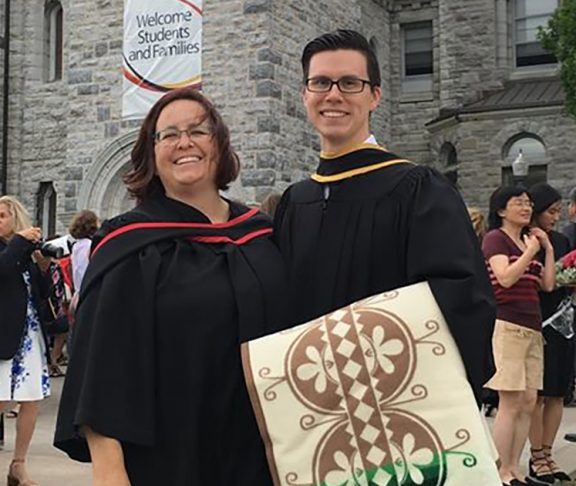Curiosity can be an under-appreciated trait, but the Engineering program at Queen’s University considers it an essential skill they look for when admitting new students.
“We value and encourage curiosity because there are some complex problems that engineers need to help solve,” says Brian Frank, Associate Dean Teaching and Learning Faculty of Engineering and Applied Science at Queen’s University. “When there isn’t a natural solution, it requires people to ask good questions —that comes from being curious and creative. It is something we look at it, but it’s more difficult to assess than a student’s grades.”
A well-rounded education
When considering applicants, the school reviews a student’s interests and passions or volunteer and work experience. According to Frank, there used to be a focus on students simply having the math and science skills, but there was feedback from industry that students weren’t prepared for real work solutions because they didn’t have some of the creative thinking that is necessary to finding solutions.

If Queen’s is looking for well-rounded students, it’s because it also wants its Engineering program to reflect a diverse mix of students. “This is important because the more diverse teams we have, the better chance we have solving some of society’s complex challenges,” says Frank. “Our outreach team has done a great job at engaging with different groups who traditionally haven’t gravitated to engineering, including Indigenous students.”
Enhanced learning
The university’s award-winning Aboriginal Access to Engineering initiative provides culturally-relevant support services to Indigenous students enrolled in the Faculty of Engineering and Applied Science. Aboriginal Access to Engineering also runs extensive STEM outreach programming.
Thousands of Indigenous students from kindergarten to grade 12 have been introduced to engineering through the initiative. When it was launched in 2011, there were only four identified Indigenous engineering students at Queen’s. Since then, 23 have graduated and 48 are currently studying engineering at the university.
“Success for Indigenous students in Queen’s engineering has been very similar to that of the general population at Queen’s, which is to say, it is very high,” says Melanie Howard, Director, Aboriginal Access to Engineering. “Our Indigenous graduates have gone on to work in engineering and business, in addition to graduate studies.”
Howard adds that any institution, company, or group is strengthened by allowing for a diversity of backgrounds and voices to be heard. “Innovation thrives when ideas come from people with different lived experiences,” she says. “A diverse student population, supported by staff and faculty who value inclusivity, creates a learning environment where students are challenged to think beyond their own experiences and to consider diverse solutions to solving problems.”
We value and encourage curiosity because there are some complex problems that engineers need to help solve.
Brian Frank, Associate Dean of Teaching
While many Indigenous students have an aptitude to succeed in engineering, they may not be academically prepared to do so, which is why the Faculty’s long-term goal is to develop a pathway from high school to college and then to Queen’s. Students still need to have some math and science skills, but by first going to a community college, they can further the skills necessary to succeed in Engineering. “We need to make sure there is a reasonable pathway into engineering for Indigenous students, so they can help solve challenges that exist in some of their communities, including water treatment and energy,” says Frank.



